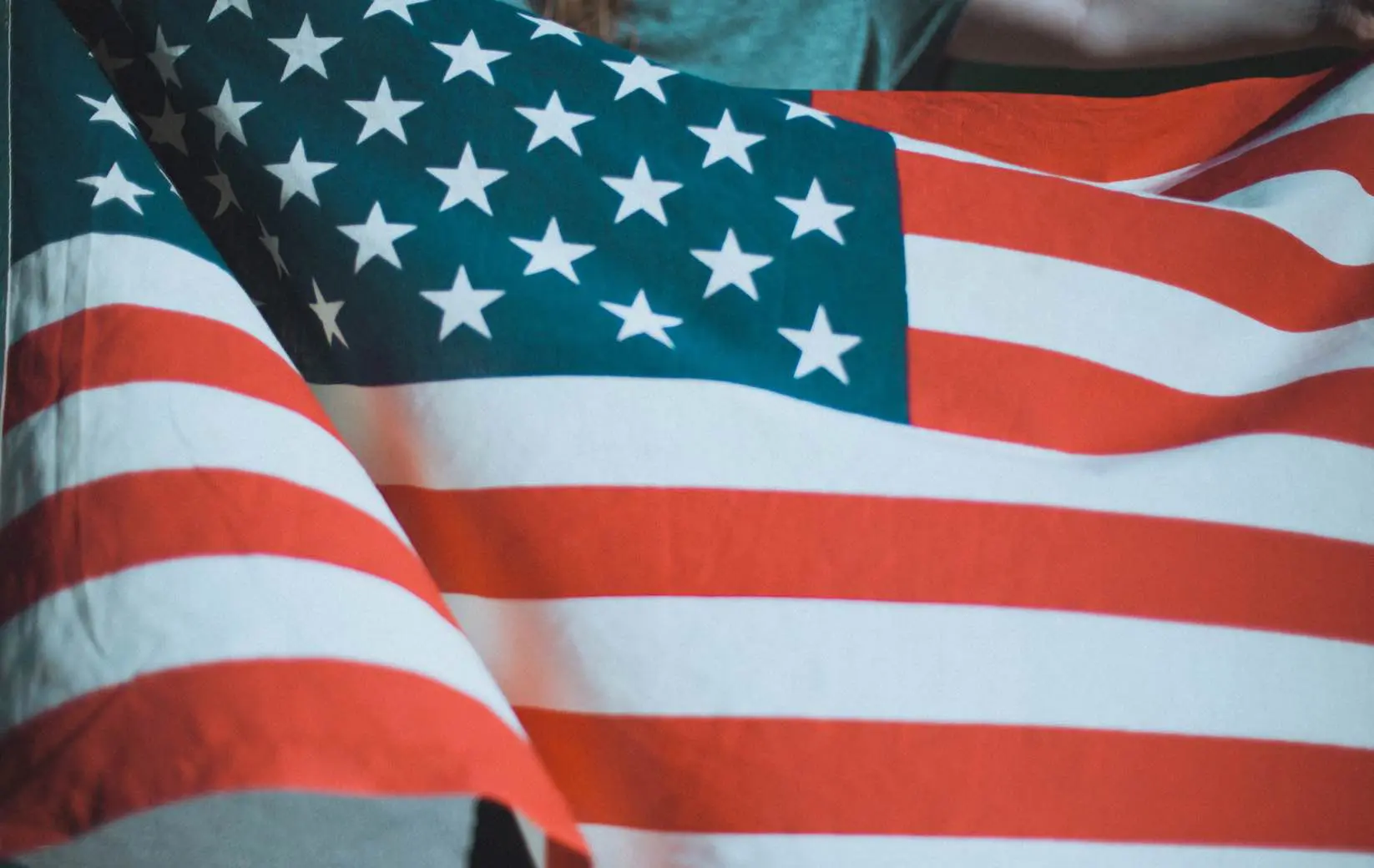The seas provide half of our oxygen, and food for a billion people. Let’s give them the protection they deserve.
Under the restless surface of our seas, hundreds of miles from land, there’s a world of giants and hunters; ancient lifeforms and lost cities.
These waters beyond national borders are home to creatures even more varied than in the tropical rainforests. They contain the highest and longest mountain range anywhere on our planet, and trenches deep enough to hold Mount Everest. They’re the highways for whales, turtles, albatross and tuna on their cross-planet migrations.
The oceans produce half of our oxygen
The oceans produce half of our oxygen, and food for a billion people. And because they soak up huge amounts of carbon dioxide, they’re also one of our best defenses against climate change. Our fate is bound to the fate of our oceans. If they don’t make it, we don’t either.
If the rescue plan goes ahead, it’ll be one of the biggest conservation efforts in human history, creating millions of square kilometers of new protected areas.
Here’s the problem: at the moment, there’s no way to create new sanctuaries outside countries’ national waters. We can’t protect these huge areas of the ocean without an international agreement on how this protection would work.
Governments have started work on a UN Ocean Treaty, and if they get it right it’ll give us the tools we need to make these sanctuaries happen.
Obama Protects the Arctic Ocean
Ocean Sanctuaries Work
Trump came into office calling climate change a hoax and giving handouts to dirty energy companies. His plan to open up nearly every U.S. coastline to more oil and gas drilling was extremely unpopular, and in the case of the Arctic Ocean, it outright ignored the fact that Obama had already ruled out future leasing there.
Trump’s new offshore oil plan called for lease sales in the Beaufort Sea starting in 2019 and the Chukchi Sea in 2020. In response, Greenpeace joined with other groups in a lawsuit to challenge the plan in court. Earthjustice and the Natural Resources Defense Council led the litigation, representing Greenpeace along with Alaska Wilderness League, Center for Biological Diversity, Defenders of Wildlife, League of Conservation Voters, Northern Alaska Environmental Center, Resisting Environmental Destruction on Indigenous Lands (REDOIL), Sierra Club, and the Wilderness Society.
The key issue was that when Congress enacted the Outer Continental Shelf Lands Act (OCSLA), it gave the president authority to withdraw areas from oil and gas leasing, but made no mention of revoking previous withdrawals.
John Doe Tweet

Expanding the Line 3 Tar Sands Pipeline Would Put Water and Climate At Risk
Trump lost big in court last Friday when a federal judge in Alaska threw out his plan to open up the Arctic Ocean to more

Court Defeat for Trump Is a Win for the Arctic
Trump lost big in court last Friday when a federal judge in Alaska threw out his plan to open up the Arctic Ocean to more